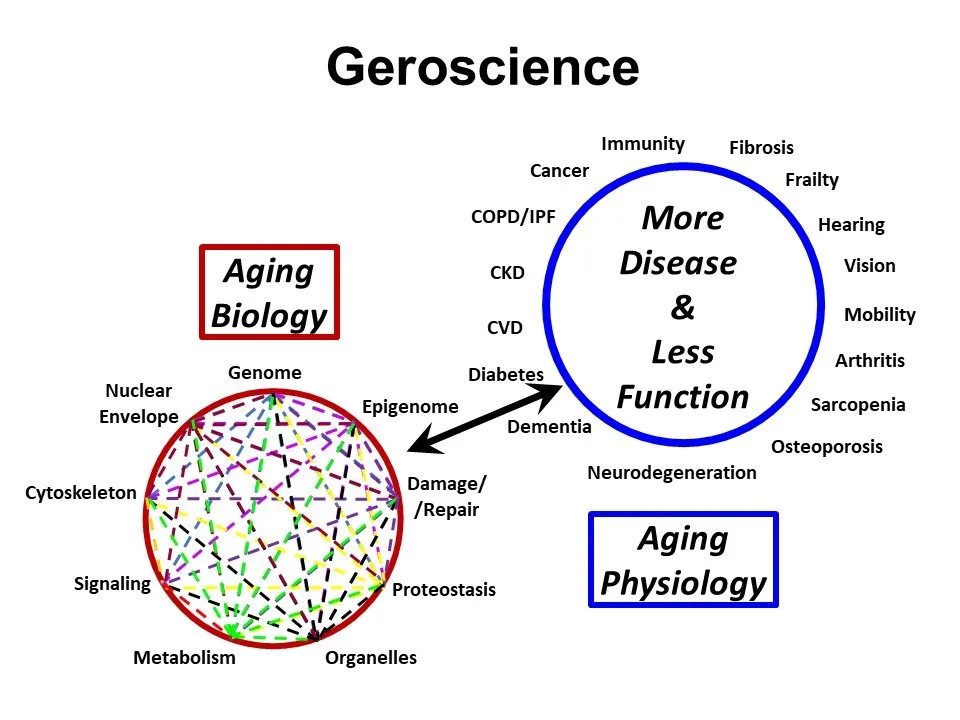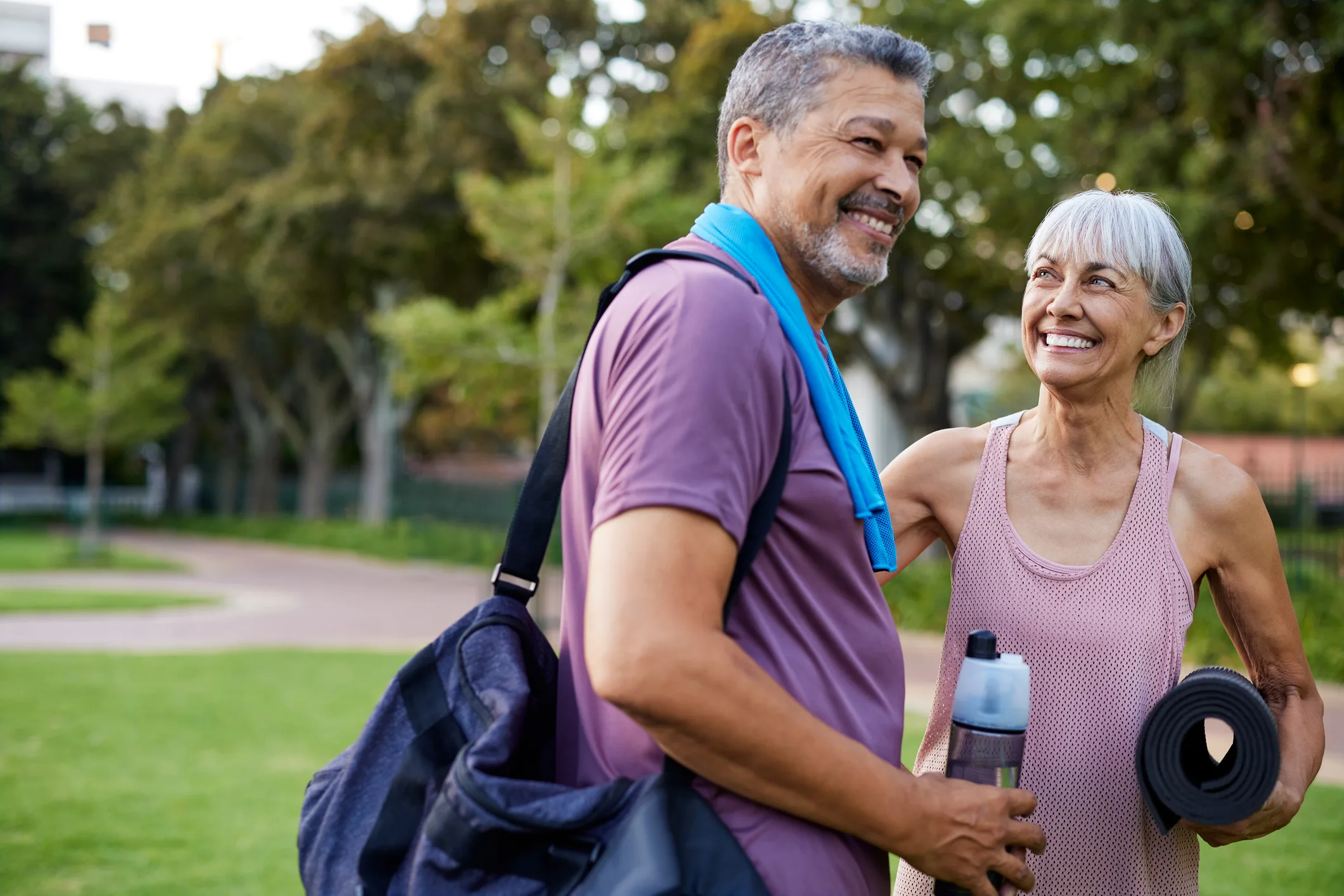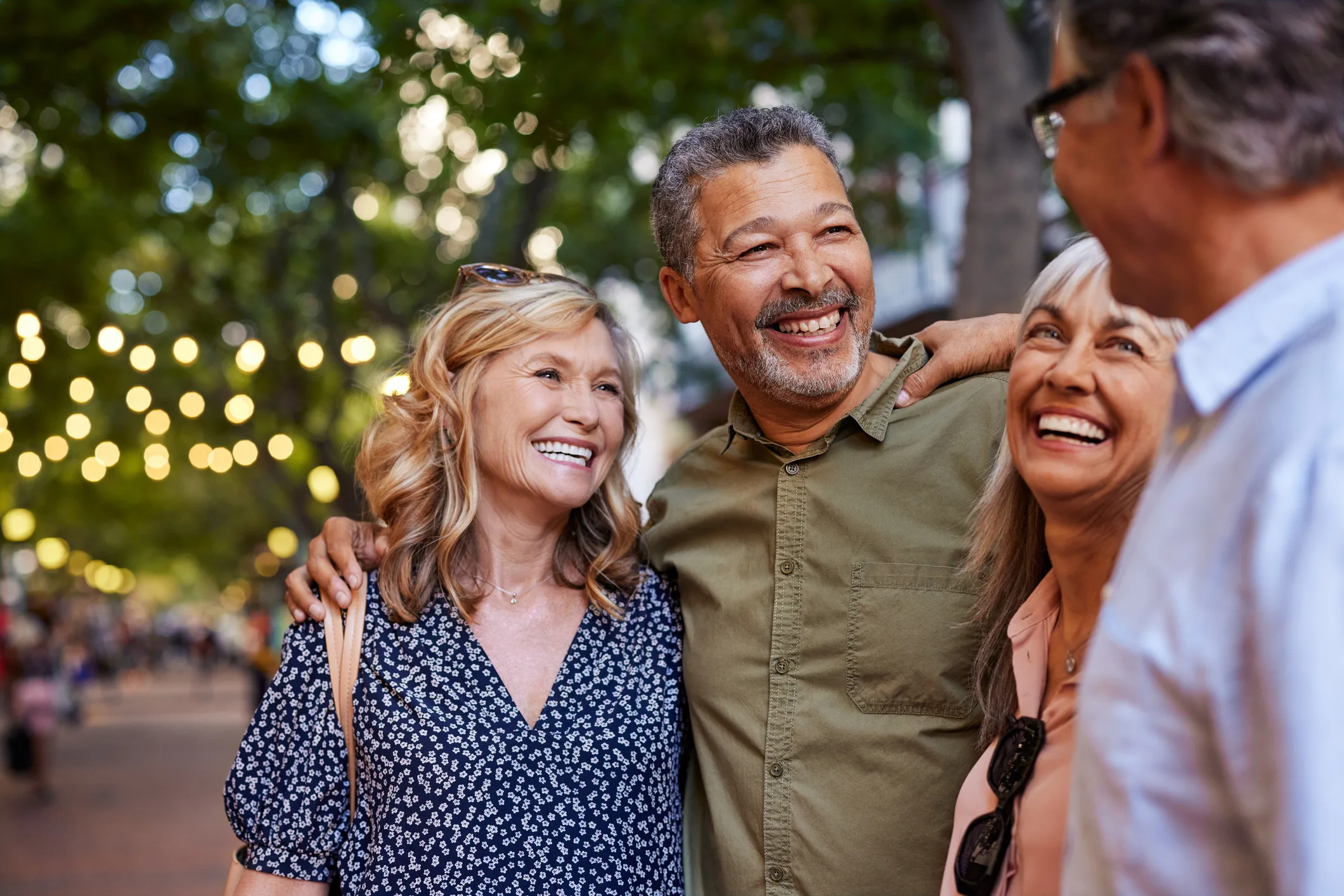Guided imagery is a relaxation technique that involves creating a mental image or scene to promote a sense of calm and well-being. It’s a simple yet powerful tool that can help you manage stress, improve your sleep, and boost your overall health.
In guided imagery, you intentionally think of a peaceful place or scenario. The goal is to promote a calm state through relaxation and mindfulness. The idea is that your body reacts to your own thoughts.
For example, when you think about a stressful situation, your body and mind become tense. Your heart rate and blood pressure might increase, and you may feel jittery and unfocused.
But if you focus your attention on pleasant scenarios, your mind and body tend to relax. You may feel less tightness and tension in your muscles, while your mind might feel calmer and more at ease.
By calming your mind and body, you may be better able to cope with mental, emotional, and physical stress.
Benefits of Guided Imagery
- Reduces stress and anxiety: Guided imagery can help activate your body’s relaxation response, lowering stress hormones and promoting a sense of calm.
- Improves sleep quality: Guided imagery can help you fall asleep faster and sleep more soundly by promoting relaxation and reducing anxiety.
- Boosts energy levels: Guided imagery can help you feel more energized by reducing stress and promoting a sense of well-being.
- Improves focus and concentration: Guided imagery can help you clear your mind and improve your ability to focus and concentrate.
- Reduces pain: Guided imagery can help reduce pain by distracting your mind from the pain and promoting relaxation.
- Improves mood: Guided imagery can help improve your mood by promoting positive emotions and reducing negative thoughts.
How to Practice Guided Imagery
- Find a comfortable position: Sit or lie down in a comfortable position, with your back straight and your feet flat on the floor.
- Close your eyes and take a few deep breaths: This will help you relax your body and mind.
- Create a mental image: Visualize a peaceful scene, such as a beach, a forest, or a mountaintop.
- Engage your senses: Engage your senses in the scene by imagining what you would see, hear, smell, taste, and feel.
- Focus on your breath: Pay attention to the sensation of your breath as it enters and exits your body.
- Let go of any negative thoughts: If negative thoughts arise, gently let them go and return your focus to your mental image.
- Stay in the image for several minutes: The longer you stay in the image, the more relaxed you will become.
Additional Tips
- Practice regularly: The more you practice guided imagery, the easier it will become and the more benefits you will experience.
- Find a guided imagery script or recording: There are many guided imagery scripts and recordings available online and in app stores.
- Experiment with different images: Try different images to find what works best for you.
- Be patient: It may take some time to develop the skill of guided imagery. Don’t get discouraged if you don’t get it right away.
Takeaway
Guided imagery is a valuable tool for managing stress, improving sleep, and boosting your overall well-being. It’s a simple technique that anyone can learn, and it can be practiced anywhere, at any time.











